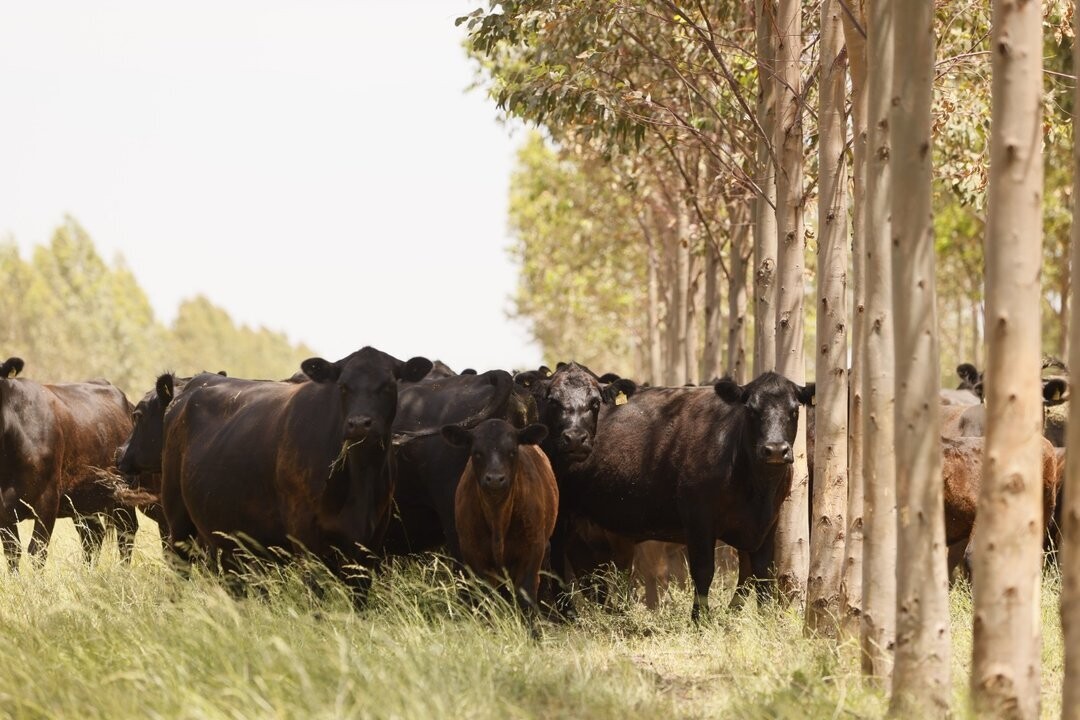
According to a report from the Rosario Stock Exchange (BCR), livestock companies increased their debt level by 86% during 2024, raising their liabilities by 395 million dollars. The report indicates that livestock companies almost doubled their debt level last year, rising from 457 million dollars at the end of December 2023 to 852 million dollars at the end of 2024.
The report highlights that, measured in dollars, the total amount owed at the end of 2024 was slightly below the average of the series from 2007 to 2024. The year 2017 was the year of highest indebtedness for the sector, with 1,406 million dollars, while the year 2007 recorded the lowest level of indebtedness, with a balance of 378 million dollars.
According to the study, part of this increase in livestock companies' debt may be aimed at financing the retention of livestock or the establishment of new operations. It will be necessary to evaluate in the coming months how these indicators impact livestock activity in general.
Of the total owed at the end of 2024, 22% corresponds to loans in foreign currency and the rest comes from loans in pesos converted to dollars. In this last year, a significant recovery of credit in foreign currency is observed, after several years of low participation.
The analysis shows that in livestock, a large part of the financing comes from the sector itself, as it receives little external commercial financing compared to the investment made. The purchase of livestock is usually financed through commercial terms granted by other producers.
Despite this self-financing mechanism that has developed in the sector, sometimes the terms and costs of financing are not the most suitable, especially when trying to retain livestock or extend production cycles. The lack of appropriate financial instruments reflects the stagnation that livestock activity has experienced in terms of livestock quantity and meat production.













